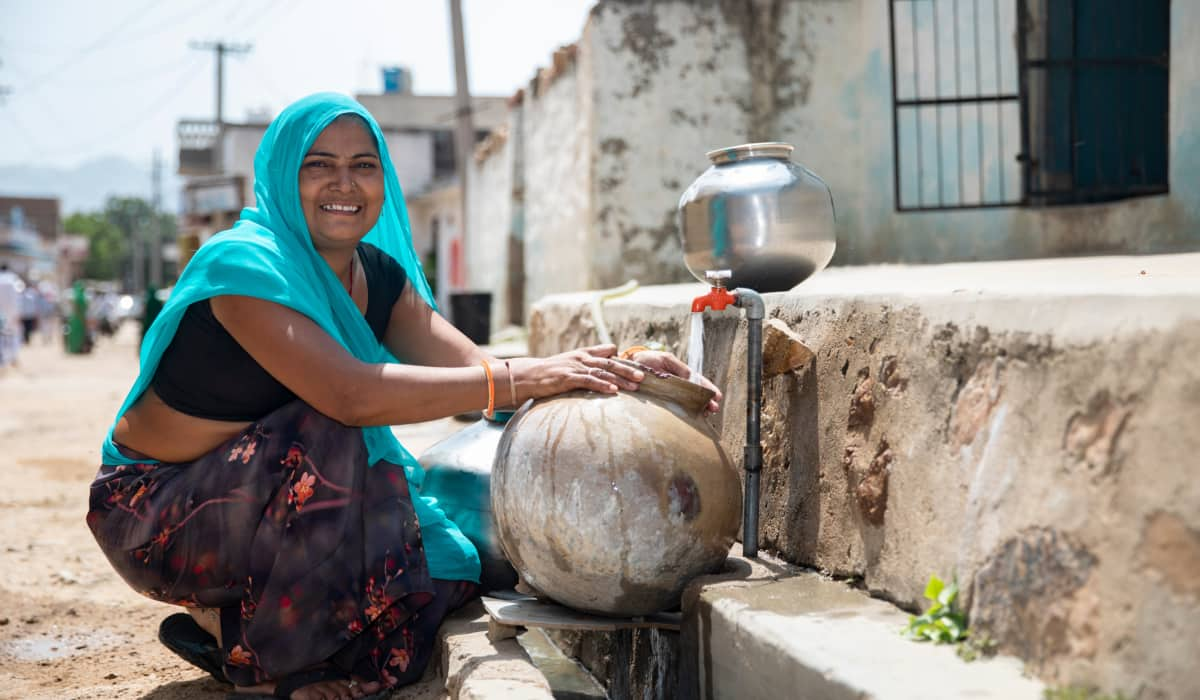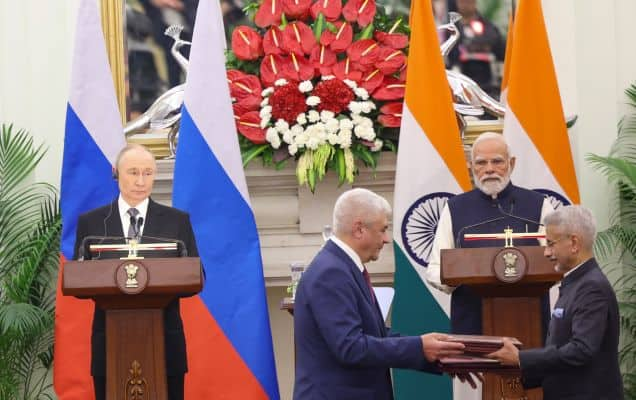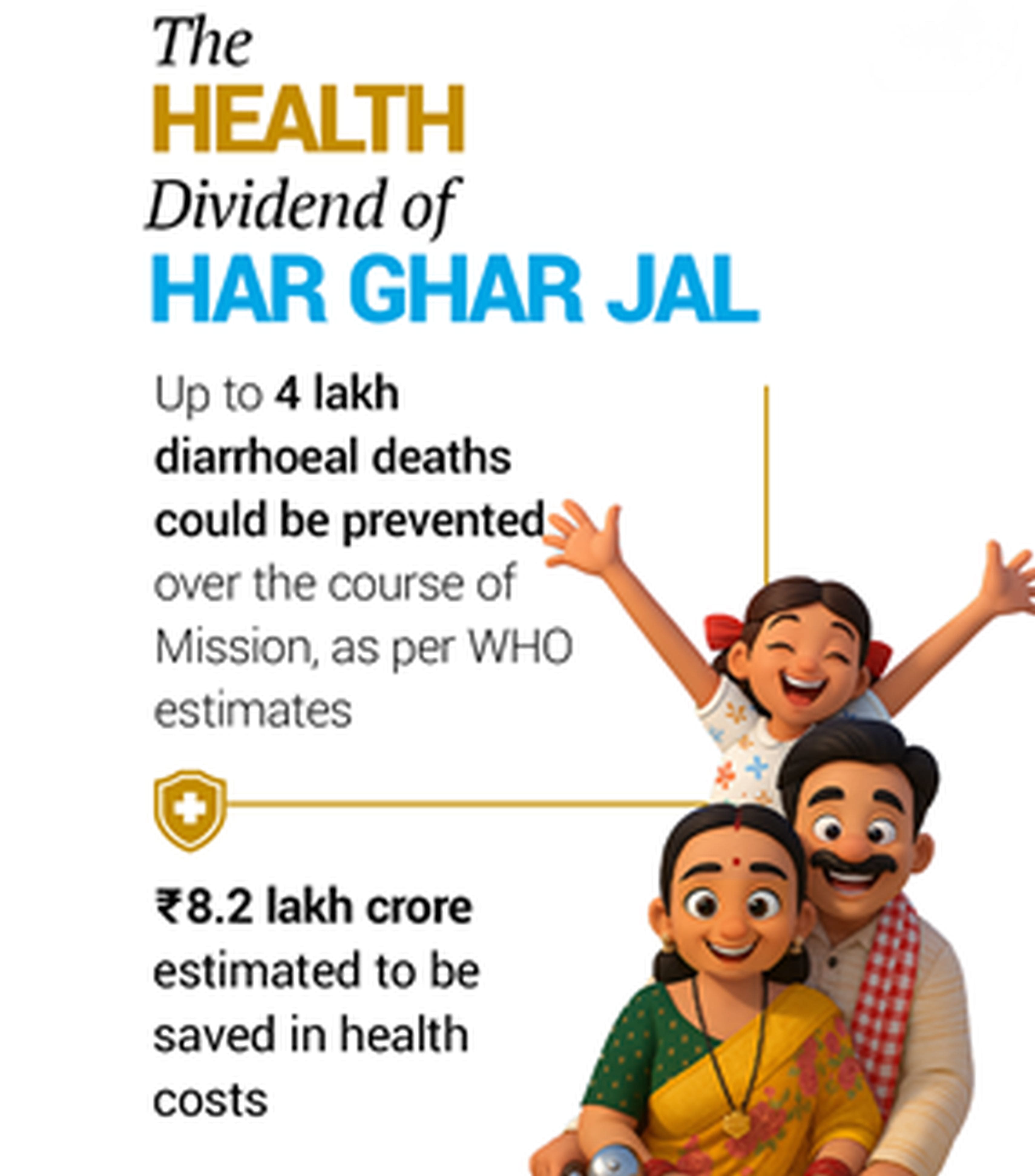I believe government has no business to do business. The focus should be on Minimum Government but Maximum Governance.
- Narendra Modi
For decades, we have had extraordinarily large governments while ironically the quality of governance has been quite poor. There has been more attention paid to the size of the government and not so much to its quality. Thus, Narendra Modi’s model of a small yet efficient government stands out. Narendra Modi believes that the role of a Government in businesses should be limited to that of a facilitator.
Narendra Modi’s has translated his beliefs into reality with Gujarat ranking as the number one state in economic freedom in India. The economic freedom index shows that Gujarat under Narendra Modi, has a small-size state machinery, and is very efficient in protecting human life and property vis-a-vis the quality of the justice mechanism measured by the availability of judges, the completion rate of cases by courts. The investigation quality by the police is also impressive.
In addition, the labour scenario in the state has been found to be superior under him. Thus Narendra Modi had demonstrated that a good justice delivery mechanism and an entrepreneur-friendly environment is possible, even with a small and less intrusive government.
Another aspect of Narendra Modi’s approach governance has been his adherence to Gandhiji’s principle of Swaraj. Mahatma Gandhi was a believer in the importance of self-government and believed every village must be empowered to deal with local issues. Narendra Modi took concrete steps towards fulfilling Bapu’s dream by making local self-governments more effective. He made decentralization a basic pillar of his governance model and ensured adequate powers were given to people.
Gujarat was a state where 20% of the area had 71% of the water resources and the remaining 80% areas had merely 29% of water resources. Management of water resources has been one of the biggest challenges for the State Government. Through his political acumen, Narendra Modi turned this crisis into an opportunity. He created a ‘Special Purpose Vehicle’ called WASMO (Water and Sanitation Management Organization) in 2002 to empower the rural communities to manage their water situation.

Village level Pani Samitis (Water Councils) empowered rural communities. Thesewere groups of 10-12 members from a village who were trained by Government through capacity building programmes and allowed to decide how the water resources available in their areas should be used. The members of the Samitis were directed to contribute ten percent of the capital costs in order to feel a sense of ownership and responsibility towards welfare of the village.
Pani Samitis have particularly institutionalized the involvement of women leading to a positive impact in terms of sanitation, health, checking water-borne diseases and reduction in drudgery. The number of PaniSamitisin Gujarat rocketed from 82 to 18,076 between 2002 and 2012.
Another significant initiative by Narendra Modi has been the efficient decentralisation of Administration in the form of ATVT (Apno Taluko Vibrant Taluko). It was launched to empower people locally to guide the growth process through a sub district citizen-centric approach where governance and development is activated at the grass root level.

Narendra Modi wanted that instead of the State consisting of 26 pillars (the 26 districts), it should consist of 225 pillars(the 225 Talukas). Under the ATVT, every Taluka in Gujarat is empowered to provide a local platform for double digit growth and social development. The decentralization of administration upto the sub-district (taluka) level has made growth speedier, more effective and transparent as well as citizen centric. Every taluka now makes plans according to its requirements and challenges, and accordingly carries out focused implementation of development schemes for higher benefits.
Red tape and harassment by the middle man, which was a major hurdle for people in small towns and villages, is curtailed. People, especially farmers had to travel long distances, but can now avail easy access to services through the ATVT. This approach is innovative, proactive and in tune with needs of the region and has defined the socio-economic life of villagers.
Another fascinating innovation by Narendra Modi is the adoption of the concept of a “Samras Gram”. Sometimes, panchayat elections can be acrimonious and the ensuing bitterness can lead to impediments in development works. In order to prevent such obstacles, he identified the need to build consensus around development. Under this initiative, villages, which select a Sarpanch by consensus, receive monetary rewards and encouragement.

Samras Gram too has proved to be a boon for Rural Development as a unanimously selected panchayat enjoys the confidence of an entire village and is more reliable and functions with greater enthusiasm. When a local body is elected with such a consensus, the level of responsibility towards delivering good governance receives an impetus.
These are just a few examples of how Narendra Modi had cut down on avenues for government interference while truly empowering people and making them partners in the development journey.
















